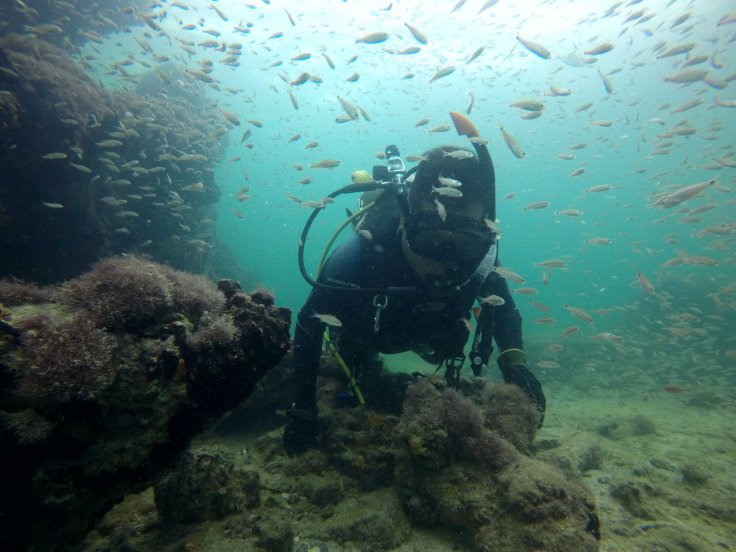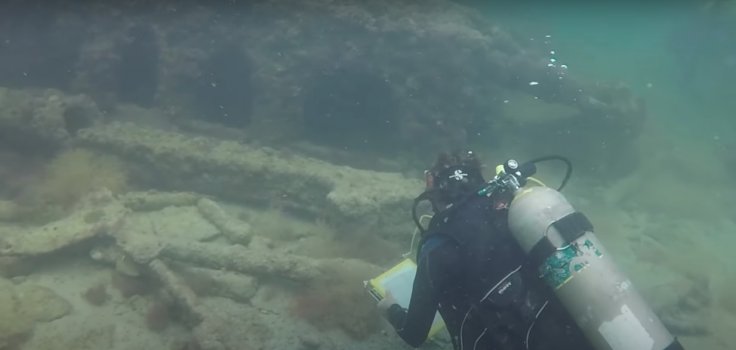Mexico's National Institute of Anthropology and History (INAH) confirmed that a team of archaeologists had discovered a shipwreck off the coast of the Yucatan peninsula that used to carry captured Mayans who were then sold as slaves. As per the Mexican authority, this is the first Mayan slave ship ever discovered.
The steamboat, known as "La Unión," was first found by archaeologists in the Gulf of Mexico two nautical miles from Sisal in 2017 but it took the researchers three years to confirm that this was a Mayan slave ship.
As per the researchers, this ship transported illegally captured almost 25 to 30 Mayans per month to Cuba and then forced them to work in sugarcane fields between 1855 and 1861—during the Caste War.

History of Mayan Salves
An INAH archaeologist Helena Barba Meinecke said that each of these Mayan slaves was sold to middlemen for 25 pesos ($1.18) and "they resold them in Havana for as much as 160 pesos, for men, and 120 pesos for women."
The paddlewheel steamboat sunk on September 19, 1861, when it was on its way to Cuba. This incident proves that slavery continued even after being abolished in Mexico in 1829 and then-President Benito Juárez issued a decree the same year banning the forced extraction of Mayan people.
As per INAH, in recent years there were several other slave shipwrecks were found--"Clotilda" and "Henrietta Marie" ships in Alabama and Florida respectively; el "Trovador" in the Dominican Republic; and the "San José" in Cape Town, South Africa--all of these were those slave ships which for over 400 years stole people from Africa to sell them on the American continent.

'La Unión'
The steamer belonged to the Spanish company called Zangroniz Hermanos y Compañía, which was authorized to trade in Mexico. It usually brought first, second, and third-class passengers to Cuba, along with merchandise, such as henequen fibers, tanned hides, dyewood, and deerskin.
As per the INAH, in October 1860, "the steamer had been surprised in Campeche carrying 29 Mayans, among them boys and girls aged 7 and 10, but the derision did not end the smuggling of La Unión." But a year later it sunk and killed half of the 80 crew members and 60 passengers. However, it is unclear how many Mayan slaves died as they were listed as cargo and merchandise, not passengers.
The archaeologists confirmed the ship's identity from its boilers which exploded and caused the ship to catch fire. They also identified the wooden-hulled side wheeler which had been preserved. The team also discovered artifacts, which include fragments of glass from bottles, ceramics, and eight brass cutlery used by passengers on board.









